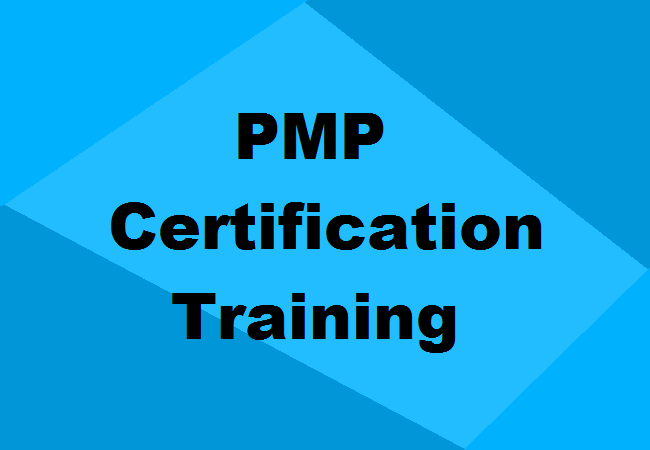Hindi is the official language of India and to make students aware of this language the CBSE board has prescribed a syllabus for Hindi. The syllabus for Class 8 Hindi is designed by keeping in mind that students should not feel the burden of studying Hindi.
The basic of learning any language is to speak. To be well-versed with the language students must improve their vocabulary and grammar. The CBSE board has prescribed NCERT Books for Class 8 Hindi for students. This textbook not only helps in learning the Hindi language but also teaches lessons and morals through real good stories. To prepare for Hindi, students need 4 things – Syllabus, Textbooks, Solutions, Sample papers. In this article, we will see how to make a study plan for the Class 8 Hindi exam by using these 4 things effectively.
Table of Contents
Syllabus and textbooks for Class 8 Hindi
Syllabus and studying textbooks go hand in hand. The Class 8 Hindi syllabus for the CBSE board exam is divided into five parts – Hindi Vasant, Hindi Durva, Hindi- Bharat Ki Khoj, Sonship Budhcharit and Hindi Grammar. There are four main textbooks for Class 8 by NCERT – Vasant, Durva, Bharat Ki Khoj, and Sanshipt Budhcharit. Described below are the NCERT textbooks along with details of contents –
Vasant
It has a total of 18 chapters. It contains a variety of stories and different poems. Each story and poem teach a moral lesson through beautiful examples. Students must understand the essence of every poem and story. Students need to memorize some facts from each chapter to write answers in the exam eloquently.
Durva
It has 19 chapters. This textbook is also similar to the Hindi Vasant textbook. It also contains stories and poems. The student will need to understand every chapter and learn the life principles.
Bharat Ki Khoj
It is a textbook that introduces the different colors of India. It has only 9 chapters and they are filled with different amusing stories. There are many details in each chapter that are important to memorize from the exam point of view.
Sankshipt Buddhacarita
This is the life story of Gautam Buddha, founder of Buddhism. It has a total of 5 chapters. It describes the early life of Gautam Buddha, how he left his palace to seek the meaning of life, how he gained knowledge and truth behind life, how he taught his disciples the doctrine of Buddhism, and how was his later part of life. Students need to understand the teachings of Gautam Buddha and how they are related to life. Understanding the outline of Gautam Buddha’s life is the main purpose of this textbook.
There is another important part of the Class 8 Hindi exam and that is Hindi grammar. Through the above textbooks, students will learn the speaking and reading manner of the Hindi language. But grammar and writing are the souls of every language. Getting well versed with the Hindi language is only possible by learning the way of writing and grammar rules of the language. The Hindi grammar part for Class 8 includes learning adjectives, Karaka, Vibhakti, Samaras, Sandhi, etc.
CBSE NCERT solutions
Learning Hindi is different from writing answers for the Hindi exam. In the exam, questions are testing not only the students’ command over the language but how they express themselves and write their thoughts in Hindi. CBSE NCERT solutions are the perfect way to study this aspect of the exam. This is not only useful for Hindi grammar but also for Hindi literature. Using NCERT solutions for the study will make preparation for the Hindi exam easy and effective. Learning with solutions will help students understand how to prepare for their answers to questions. As students will practice more questions with solutions, the ability to write answers in less amount of time will also increase.
Sample Papers
Many students are always anxious about their preparation. After studying for months, they are mostly not sure about how they would perform in the exam. Solving 2-3 sample papers will help in clearing these doubts. Sample papers are the reflection of performance in the main exam but the only and most important advantage of solving sample papers is that students have a chance to improve. After solving sample papers, students should check where they have made mistakes. Mistakes will be either grammatical or factual chapter-based mistakes. If the mistake is grammatical then note down that mistake and remember when solving other papers. If the mistake is factual and it is based on a chapter, revise that chapter again. This way can help students to improve their performance on the main exam.
Preparation tips –
Each student will have a different study plan according to their capabilities. But many students make common mistakes while preparing for the exam. Below are some short tips to avoid these common mistakes –
- Follow the timetable – Many students make an excellent timetable but they do not follow that timetable. It is difficult but very important to stay consistent in studying. Never skip the time that you allotted for any particular subject whether it is for Hindi or any other subject.
- Make notes – Make short notes on every chapter. Concise notes are a great way to revise through more content in a short amount of time.
- Solve every question – Students must solve every question from the textbook exercise. After every chapter, there are exercise questions about that chapter. Solving those questions immediately after learning the chapter will help in understanding different types of questions and help revise what has been learned so far.
- Read, write, repeat – To get well in language reading and writing matters more. Though from the exam point of view it is important that memorizing facts from chapters is important but that is not the toughest task. What is more important is writing grammatically correct answers and reading questions correctly to comprehend what has been asked.
Conclusion
Students need to understand that Hindi cannot be studied as they study other critical thinking-based subjects like Math, Science, etc. Getting good at Hindi requires practice. Reading skills, writing skills, as well as thought processes, should be done in Hindi. By understanding the chapters and solving papers, one can easily get good marks.


